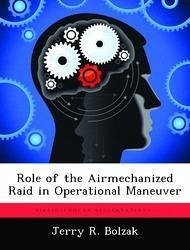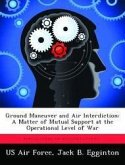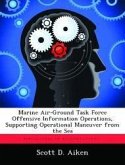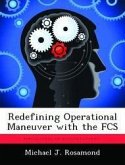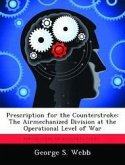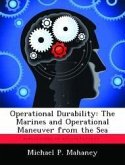This monograph examines the potential contribution of an airmechanized raid to operational maneuver in a NATO environment. Defining airmechanization as "the integration into the land battle of a major rotary-wing element" the monograph uses the current U.S. Army force structure to organize the raiding force. The effect of the raid is examined within the functional areas enumerated in the U.S. Army Training and Doctrine Command's (TRADOC) draft Blueprint of the Battlefield at the Operational Level of War: command and control, intelligence, movement and maneuver, protection, fires, and support. The monograph begins with an introduction that defines the relevant terms. Then, it presents a brief historical perspective on the raid in operational maneuver. A theory chapter explores the relationship between depth, density, and maneuver in order to understand the evolution of the airmechanization concept as expressed in both the Simpkin and the Soviet models. Finally, the monograph uses a NATO scenario to evaluate the contribution of an airmechanized raid in an operational maneuver. An appendix provides the calculations used in determining the raid's effect. The monograph concludes that the airmechanized raid can facilitate operational maneuver by using the airmechanized force's mobility to secure a position of advantage and to attack enemy operational reserves more effectively than airpower. The airmechanized raid, however, remains a theoretical and doctrinal mission as yet unproven by practical experience.
Hinweis: Dieser Artikel kann nur an eine deutsche Lieferadresse ausgeliefert werden.
Hinweis: Dieser Artikel kann nur an eine deutsche Lieferadresse ausgeliefert werden.

